Security & Sense of Safety | Convenience & Efficiency | Home-Like & Healing Environment | Physical Comfort | Community Support & Social Life
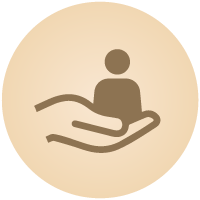
Convenience and Efficiency
“There are only 2 closets for us all (me and my 3 children). I have to keep my toddler’s clothes in 2 drawers! And my older kids get annoyed (with) their clothes getting mixed up as the closet is so small.”
– Woman with Lived Experience
Convenient access to services and efficient use of space cultivates peace of mind for women and their children, reduces stress and saves time and money for mothers with children, many of whom may be a lone-parent/caregiver. Access to services and resources should be reflected in design of both in-unit spaces and common areas and the immediate neighbourhood. The goal of this principle is to enhance women’s autonomy, ensure spaces are being designed to their full potential, appliances and materials are allocated for longevity, and decisions of housing locations are made with factors of access and proximity in mind.
Design Strategies
Access (proximity) to Essential Services
Access to neighbourhood services is an important factor in housing design for women and their children due to additional transportation costs and inconvenience when they are not close by. Location concerns are also particularly heightened in rural and remote communities where increased transportation barriers exist (CMHC, 2019a).
Access to Complementary Spaces
One of the problems that women identified was lack of enough space for their families in current affordable housing options. Spaces in the units need to be used efficiently and avoid leftover spaces (e.g., long hallways). Also, allocating complementary spaces outside units that are shared (e.g., bookable work space) or assigned to each unit (e.g., storage room) can be an additional resource for women and their family to use when needed.
Flexibility, Adaptability, and Accessibility
Flexible and adaptable spaces allow for longer-term thinking and enable different uses based on the needs of family and their life phases. As a result, it provides women and children with choice and autonomy over what is suitable and appropriate for them while allowing for privacy and separation. This strategy will lead to mitigating the negative impacts of NOS and over housing and under housing restrictions on women and their families. The reason is that when the family size and composition changes over time, women can re-configure/use their homes according to their new needs. Also, accessibility of housing provides features for the needs of people with disabilities and supports aging in place.
High Quality Material and Appliances
One of the strategies to achieve convenience and efficiency in housing spaces for women and their children is the use of high quality materials and appliances (built to last). These will reduce the needs and costs for purchasing and maintaining them, and improves cleanliness of housing. Also, this strategy aims to ensure people have the ability to use and decorate their space without damaging the property/losing their damage deposits.
Strategy
Action
Access (Proximity) to Essential Services
Access to neighbourhood services is an important factor in housing design for women and their children due to additional transportation costs and inconvenience when they are not close by. Location concerns are also particularly heightened in rural and remote communities where increased transportation barriers exist (CMHC, 2019a).

- Unit (childcare): Having units large enough to accommodate a family/private day-care in the building.
- Unit (child/healthcare): Caregiver studio units in the building so that those in need of consistent care can have their caregiver close by.
- Common area (food services): Tuck shop or other essentials available on-site/in close proximity for easy access.
- Common area (transportation): Provide space for car share programs on-site (e.g., Modo).
- Common area (transportation): Provide affordable and secure on-site parking.
- Common area (transportation): Ensure ample parking spots are allocated in housing in urban, rural and northern communities. In many of the rural and remote communities there is a lack of public transportation system and car share programs. Also, the weather conditions can make walking and use of transit difficult for women and children.
- Common area (transportation): Transit board (e.g., live transit times/time table) to provide updated information of the transportation options available nearby.
- Common area (transportation): Provide bike repair space in the building.
- Connection to neighbourhood (food services): Walkable affordable grocery options.
- Connection to neighbourhood (childcare/school): Proximity to affordable childcare and school.
- Connection to neighbourhood (transportation): Access to bus stop.
- Connection to neighbourhood (transportation): Access to bike path.
- Connection to neighbourhood (transportation): Bike share program close to the building (e.g., Mobi by Shaw Go).
- Connection to neighbourhood (transportation): Community bikes in the neighbourhood to offer free bikes to those in need.
- Connection to neighbourhood (transportation): Provide affordable housing in transit-oriented areas.
- Connection to neighbourhood (transportation): Shuttle services.
- Connection to neighbourhood (transportation): Support safer/larger/better lit bus stops.
- Connection to neighbourhood (transportation): Prioritize active transportation design (e.g., walkable and bikeable neighbourhoods.
- Connection to neighbourhood (transportation): Pedestrian calmed streets and safe access between schools/childcare and housing.
- Connection to neighbourhood: Mixed-use building development.
- Connection to neighbourhood (parks and recreation): Walkable parks and green space.
- Connection to neighbourhood (healthcare): 24-hour pharmacy nearby.
- Connection to neighbourhood (healthcare): Counselling nearby.
- Connection to neighbourhood (healthcare): Drug treatment nearby.
- Connection to neighbourhood (healthcare): Doctors and nurses nearby.
Access to Complementary Spaces
One of the problems that women identified was lack of enough space for their families in current affordable housing options. Spaces in the units need to be used efficiently and avoid leftover spaces (e.g., long hallways). Also, allocating complementary spaces outside units that are shared (e.g., bookable work space) or assigned to each unit (e.g., storage room) can be an additional resource for women and their family to use when needed.
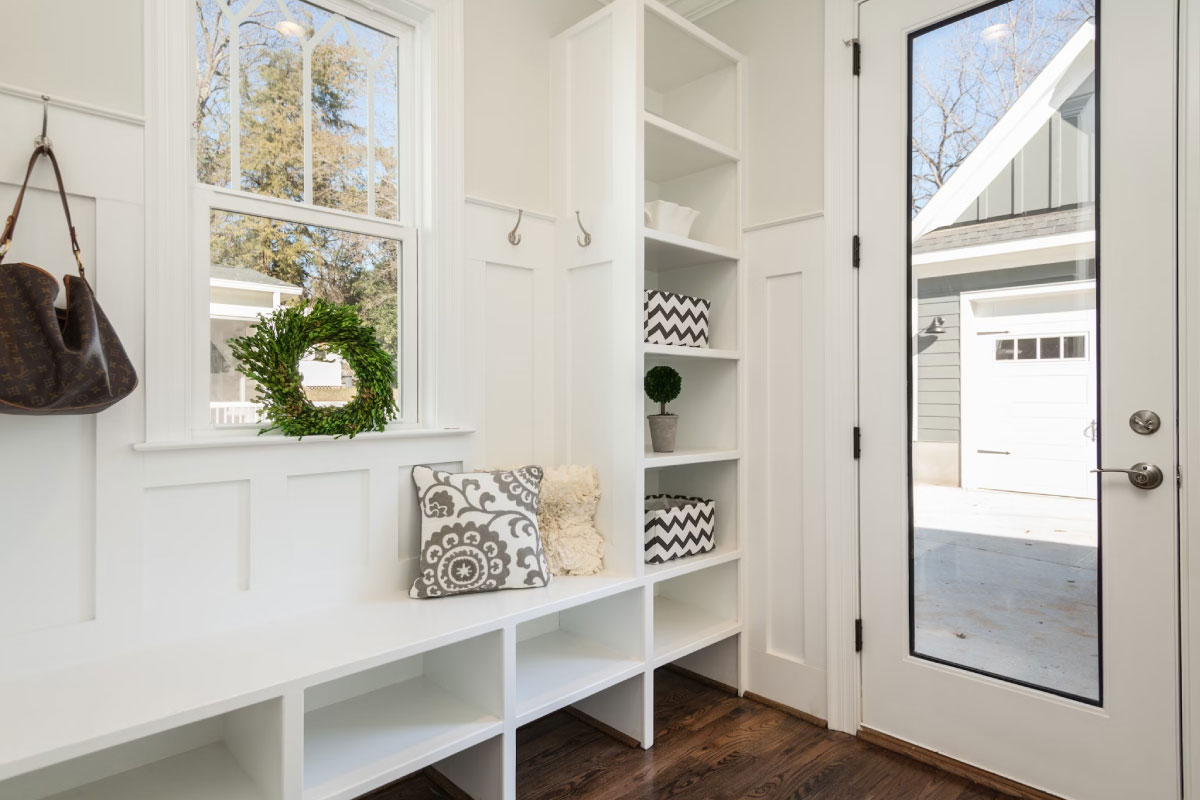
- Unit: Ample cupboards in the kitchen.
- Unit: Consider full height wardrobe and cupboard doors, or shelving, to maximize vertical storage space (Isthmus Group Ltd, 2018).
- Unit: Built-in shelves for toys and books.
- Unit: Storage space for stroller, mobility aids in the entrance of units.
- Unit: Storage room/closet for kids’ accessories.
- Unit: Storage/closet dedicated for vacuum cleaners, mops, buckets, and brooms (Donnelly et al., 2022).
- Unit: Space for coat and shoe storage at the unit entrance (Donnelly et al., 2022; Isthmus Group Ltd, 2018).
- Unit: Deep-freeze in units for households living in remote communities.
- Unit: Affordable rentable guest suites and space to have guests who stay for a while (in-law suites).
- Unit: Space to have in-home care for aging/elderly women (Vaccaro & Craig, 2020).
- Unit and common area: Having a storage room in the unit and having a storage room for big items in the shared storage area in building.
- Common area: Access to private covered outdoor space.
- Common area: Bookable studio/workspace for women to use for work with access to computer, internet, etc.
- Common area: One to one unit to storage; Basement storage with accessibility considerations; Adaptable storage and bike storage in the parkade. See Figure 17.
- Common area: A bike hub/bike collective in the building that has a collection of children’s bikes in a variety of sizes in shared storage for children to use without adding expenses; Space to share tools and equipment (e.g., camping chairs, bike pump) and toys. Tool/gear library builds collective use and can help families enjoy time together without extra costs.
- Common area: Community pantry and shared meal spaces including food prep and food storage for community bulk buys.
- Common area: Study spaces on each floor (not one big room in the whole building).
- Common area: Emergency support hub for post-disaster (with food, air conditioning, backup power, communications).
Flexibility, Adaptability, and Accessibility
Flexible and adaptable spaces allow for longer-term thinking and enables different uses and adjustments based on the needs of family and their life phases. As a result, it provides women and children with choice and autonomy over what is suitable and appropriate for them while allowing for privacy and separation. This strategy will lead to mitigating the negative impacts of NOS and over housing and under housing restrictions on women and their families. The reason is that when the family size and composition changes over time, women can re-configure/use their homes according to their new needs. Also, accessibility of housing provides features for the needs of people with disabilities and supports aging in place.
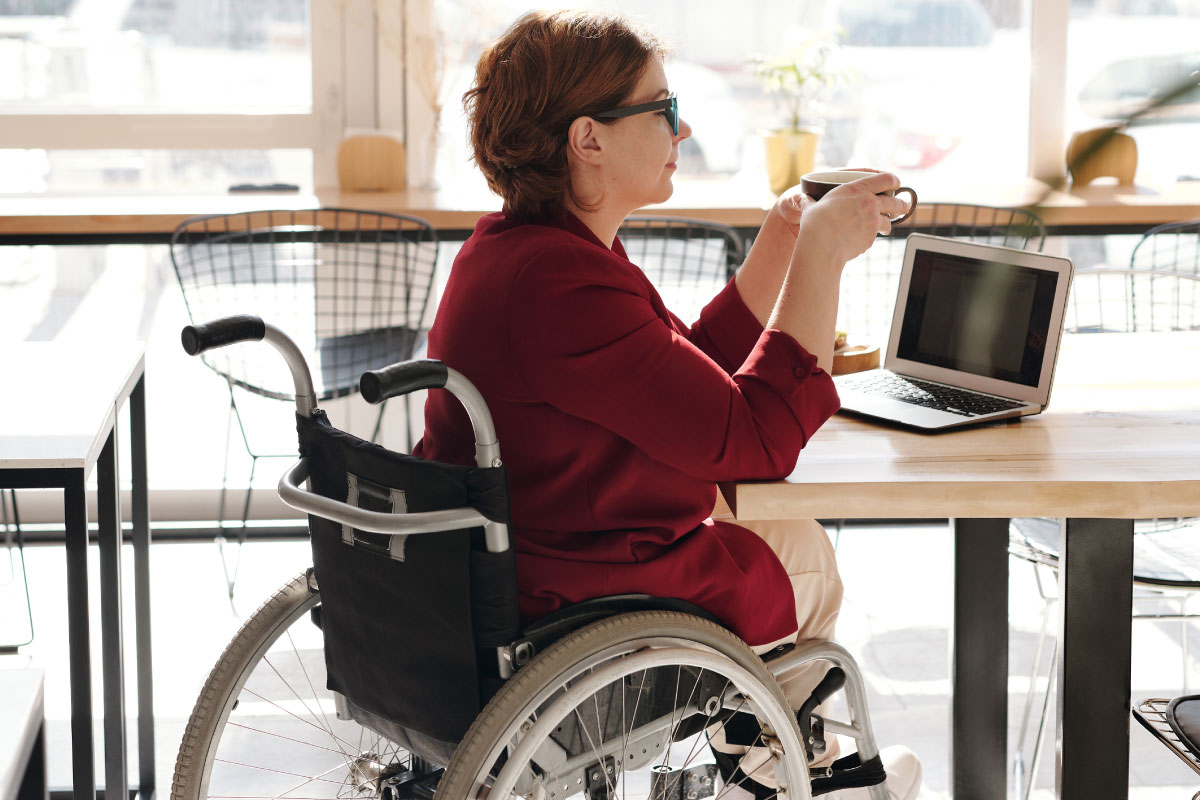
- Unit: Diverse unit sizes and layouts (e.g., studio, 1-, 2-, 3-, 4-bedrooms) to accommodate different family sizes and compositions (e.g., units for women with children, women without children, multigenerational families, for women who are roommates).
- Unit: Allocate some units for residents with pets and some units as non-pet-friendly for people who are allergic to pets or not interested.
- Unit: Having bedrooms large enough to accommodate the furniture for more than one adult (Butler et al., 2017). Some families want to share bed/bedroom so they want a larger bedroom space rather than multiple small bedrooms.
- Unit: Larger kitchen components for traditional food preparation (Butler et al., 2017).
- Unit: Lock-off doors to adjacent units to allow families to increase/decrease in size (e.g., having 3-bed and 1-bed/studio units adjacent for expansion).
- Unit: Sliding doors to save space. Sliding doors often require more maintenance that slab doors. It is suggested they will be used when needed (e.g., laundry closet/room as their doors take so much space).
- Unit: If in-unit laundry is not provided, allocate washer/dryer hook-ups in the units for future adaptation.
- Unit: In open concept plans provide options for separating kitchen and living room zones with sliding screen and internal walls for privacy choice, and heating efficiency in winter (Donnelly et al., 2022).
- Unit: Balconies as extension of indoor living space.
- Unit: Loft beds/murphy beds to provide floor space for playing.
- Unit: In-suite storage unit combined with laundry or flex space to be used for home office.
- Unit: Accessible features for people with disabilities and older adults: showers instead of tubs (Vaccaro & Craig, 2020);
- Grab bars (Vaccaro & Craig, 2020); Two levels of door peepholes; Side by side laundry machines instead of stacked washer and dryer.
Unit: Allocating units on the lower levels to older adults and people with disabilities. - Unit: Step-free connections and good contrast between doorways and walls to ensure easy navigation for those with low vision and access issues (Donnelly et al., 2022).
- Unit: Enough room at the entrance for stroller, wheelchair, and other mobility aids.
- Unit: Children would like to get engaged in cooking and if safe, provide cooking appliances (e.g., microwave/oven) that are accessible to the height of small children.
- Unit: Detachable shower heads for washing while sitting down and for when carers need to aid showering (Donnelly et al., 2022).
- Unit and common area: All shared washrooms should have taps kids can reach; no automatic flushing; no loud hand dryers.
- Unit: Built-in bench at the unit entry space.
- Unit and common area: Adaptable furniture that has dual functions.
- Unit and common area: Nook under the stairs.
- Unit and common area: Moving walls/dividers to make more bedrooms, larger living or multifunctional spaces.
- Common area: Allocate some raised garden beds which are structurally stable and have edges for resting for older women to minimise bending and assist in ease of garden maintenance. These can be located under the fixed outdoor furniture (Donnelly et al., 2022).
- Common area: Change tables in the shared washrooms.
- Common area: Utility sink in the shared rooms.
- Common area: Ensure washrooms are gender inclusive and accessible for small children and people with disabilities.
- Common area: Party room that can be converted to workspace when needed (Newinhomes, 2019).
- For more design actions on adaptable, flexible, and accessible housing, please see CMHC’s Accessible Housing by Design Factsheets and Universal Design Guide.
High Quality Materials and Appliances
One of the strategies to achieve convenience and efficiency in housing spaces for women and their children is use of high quality material and appliances (built to last). These will reduce the needs and costs for purchasing and maintaining them, and improves cleanliness of housing. Also, this strategy aims to ensure people have the ability to use and decorate their space without damaging the property/losing their damage deposits.
- Unit: In-unit laundry has challenges and costs; however, for 3+ bedroom units it is reasonable and recommended to provide it for the convenience of large families.
- Unit: Dishwasher in the units save women time and energy.
- Unit: Provide a dedicated area in the kitchen that stores general garbage, compost and recycling bins, preferably concealed within a cupboard or under-bench and close to the sink area (Donnelly et al., 2022).
- Unit: Provide built-in lighting in each room to prevent additional costs for women and their family.
- Unit: Provide child safe blinds to prevent additional costs.
- Unit: Bathroom with bathtubs to bathe small children.
- Unit: Provide materials and fixtures that reduces damage to the building (e.g., pre hanging system/command strips, built-ins, removable tiles).
- Units: Use low-cost and energy efficient heating systems to keep bills low.
- Unit and common area: Shoe dryers for large family units.
- Unit and common area: Use durable and washable surfaces and less carpet for ease of cleaning and maintenance (e.g., colours/surfaces that do not show dirt).
- Common area: Provide corner guards in the hallways to prevent damage, especially during moving in/out.
- Common area: Shared laundry provides opportunity for multiple laundry units at the same time which can save time when women need to do multiple loads.
- Common area: If women and children in a housing project come directly from emergency shelters, provide a space for a “heat treatment room” so that women can do a bed bug treatment of their belongings and furniture before living in their units (e.g., YWCA’s Cause We Care Housing project). See Figure 15.
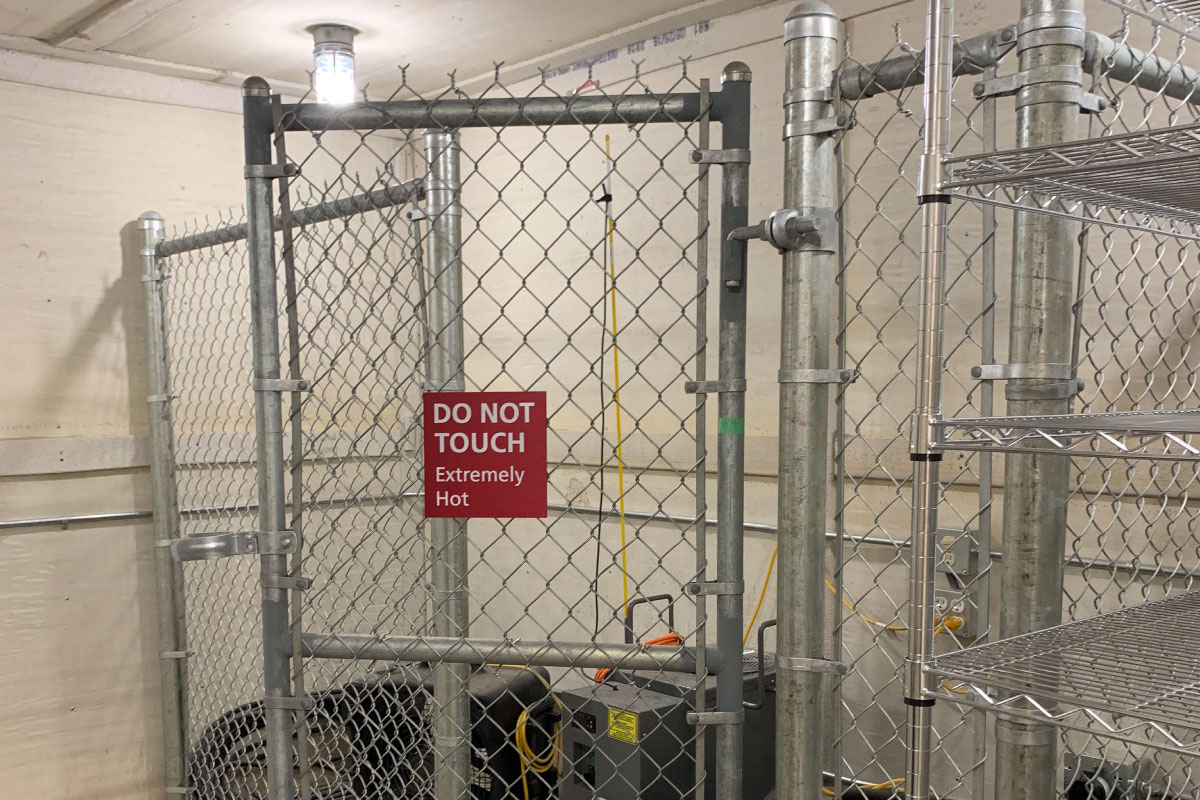
Figure 15: Heat Treatment Room in YWCA Cause We Care building for shared use

Figure 16: Washer/dryer hookups in YWCA Pacific Spirit Terrace apartment unit for future adaptation
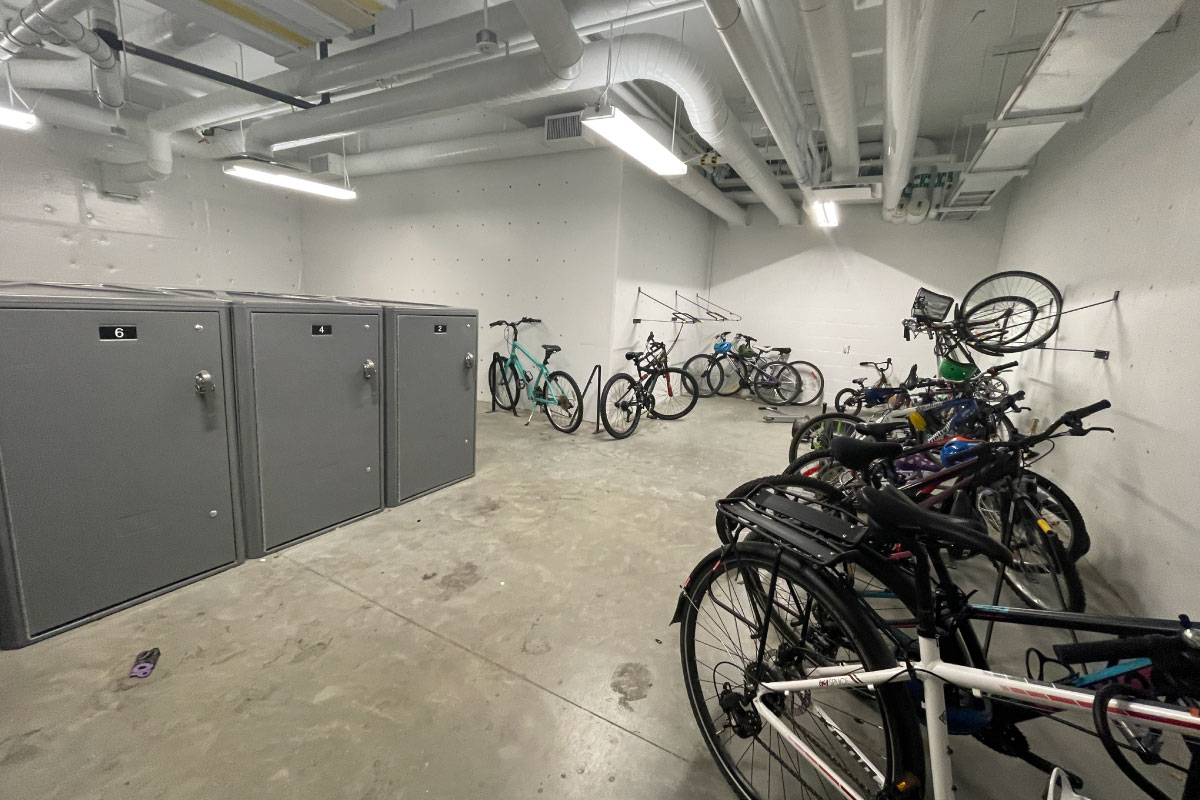
Figure 17: Shared storage room for bikes with lockable storage options. YWCA Pacific Spirit Terrace building
